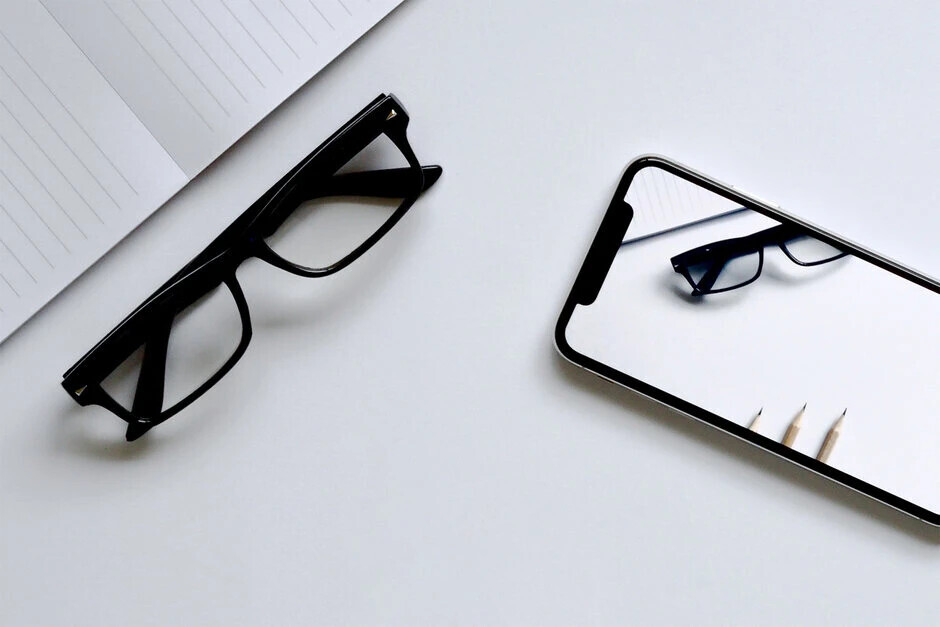Apple Glass could measure a user’s eyes to determine if he is paying attention to the content on the displays
In the filing with the U.S. Patent and Trademark Office, Apple states “In some implementations, a device having a processor, a display, and a sensor implements a method. The method identifies a luminance change event associated with content on the display. The luminance change event may be a relatively quick change to brighter or dimmer content viewed by the user. The luminance change event may occur naturally as the user scans the content or be embedded intentionally in the content for purposes of triggering a response that can be used to assess state. The method uses the sensor to obtain a physiological response (e.g., a pupillary dilation or constriction) of a user perceiving the luminance change event associated with the content on the display. In some implementations, for example, an inward facing camera on a head-mounted device (HMD) captures images of the user’s eye and a pupil diameter/radius is determined via a computer vision technique.”
By determining the user’s response to certain content, creators will be able to deliver “tailored” user experiences that users will more likely enjoy based on physiological responses in users viewing the content.” In the filing, Apple says, “In some implementations, a device having a processor, a display, and a sensor implements a method. The method identifies a luminance change event associated with content on the display. The luminance change event may be a relatively quick change to brighter or dimmer content viewed by the user. The luminance change event may occur naturally as the user scans the content or be embedded intentionally in the content for purposes of triggering a response that can be used to assess state. The method uses the sensor to obtain a physiological response (e.g., a pupillary dilation or constriction) of a user perceiving the luminance change event associated with the content on the display. In some implementations, for example, an inward facing camera on a head-mounted device (HMD) captures images of the user’s eye and a pupil diameter/radius is determined via a computer vision technique. The method assesses the state of the user based on the pupillary response. The state may be determined based on magnitude and/or dynamics of the pupillary response. In some implementations, the pupillary response is compared with the user’s own prior responses to determine the user’s current state. In some implementations, the pupillary response is assessed based on pupillary responses of multiple users to various types of content, e.g., comparing the user’s current pupillary response with a typical or average user response to a similar luminance change event. In some implementations, the state is determined using statistical or machine learning-based classification techniques.”
Apple is expected to release an expensive mixed display headset next year followed in 2023 by the release of the AR powered Apple Glass.

